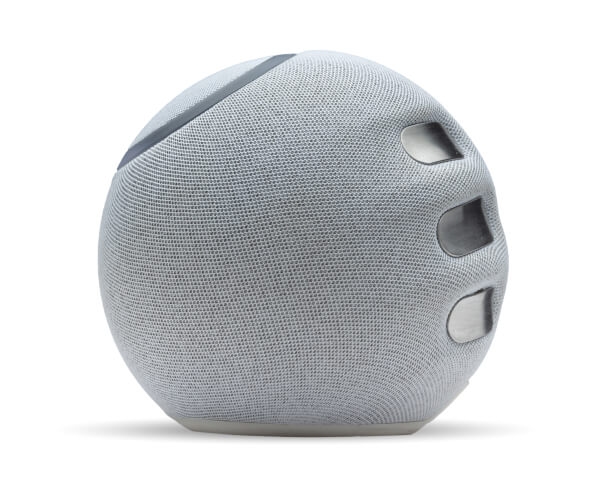Meditation has been scientifically shown to calm the sympathetic nervous system within the body. At the same time, it has also been proven to activate the parasympathetic nervous system, enhancing our breathing and oxygen intake, which leads us to feel alert, yet calm and mindful. But, how? This post will explore how the practice of meditation helps the nervous system.
How Meditation Affects the Nervous System
The sympathetic nervous system is the most affected by anxiety, tension, fatigue, and depression. This area of our nervous system is commonly known as the area that controls our bodies ‘fight or flight’ response.
Meditation works by activating the parasympathetic nervous system: this benefits us as it directly works to calm the sympathetic nervous system, which leaves you feeling calm and relaxed. Over time, this can result in a lessening of anxiety, stress, and depression symptoms.
In fact, according to Kristoffer Rhoads, a psychologist at Harborview Medical Center, mindfulness meditation will work to help calm your thoughts and self-soothe you while having prolonged stress or anxiety attacks.
“It’s hard to accept some aspects of the present moment when they’re not pleasant,” he says. “To me, the number one benefit of mindfulness meditation is having a practice of disengaging with something that’s stressing you out.”

How Do You Practice Mindfulness Meditation
Mindfulness meditation involves us having a deep and non-judgmental awareness of our emotions, feelings, and sensations. In a study completed by Sara Lazar, it was found that there are several ways in which meditation positively affects the brain and nervous system. She spoke in detail about her findings to The Washington Post.
Notably, she found a direct and positive correlation between meditation and the left hippocampus, which aids learning, cognition, memory, and emotional regulation. This, plus the effect on the sympathetic nervous system, means that anxious spells could be effectively controlled through meditation. You can practice mindfulness meditation by:
- Take a comfortable seat in a relaxing environment.
- Pay attention to what your body is doing - how are you sitting? How does your body feel?
- Relax and simply be present at the moment.
- Focus on your breathing. Try to remain in the present moment as you listen, feel, and pay attention to your breathwork.
- When you’re ready, end the meditation. It’s simple, yet effective.
How Do I Achieve the Full Benefits of Meditation
Meditation is a continued practice. It’s no one quick fix, and you won’t have any brain and nervous system results immediately. However, that’s not to say you won’t immediately notice some kind of transformation. Meditation has two different effects on the brain and nervous system. One can be felt almost immediately or during practice.
The other comes after many weeks or months of meditation. The State Effect is what you experience during meditation. It is a gentle modification of your state of consciousness that will be felt during and then for a short while after you meditate. The Trait Effect is after repeated meditation practice.
It’s when the practice alters your nervous system, internal chemistry, and brain functioning. So, it’s clear that meditation has the potential to change your life. However, it can only do this if you have the patience and trust in the practice to keep practicing regularly. If you seek an evidence-based practice that’s proven to have huge benefits on the brain and nervous system, start practicing mindfulness meditation.
You might want help starting your practice and an incentive to persist, try our biofeedback Meditation Device, the Orb. A few minutes a day with your biofeedback ball, and your journey towards wellbeing is on.






